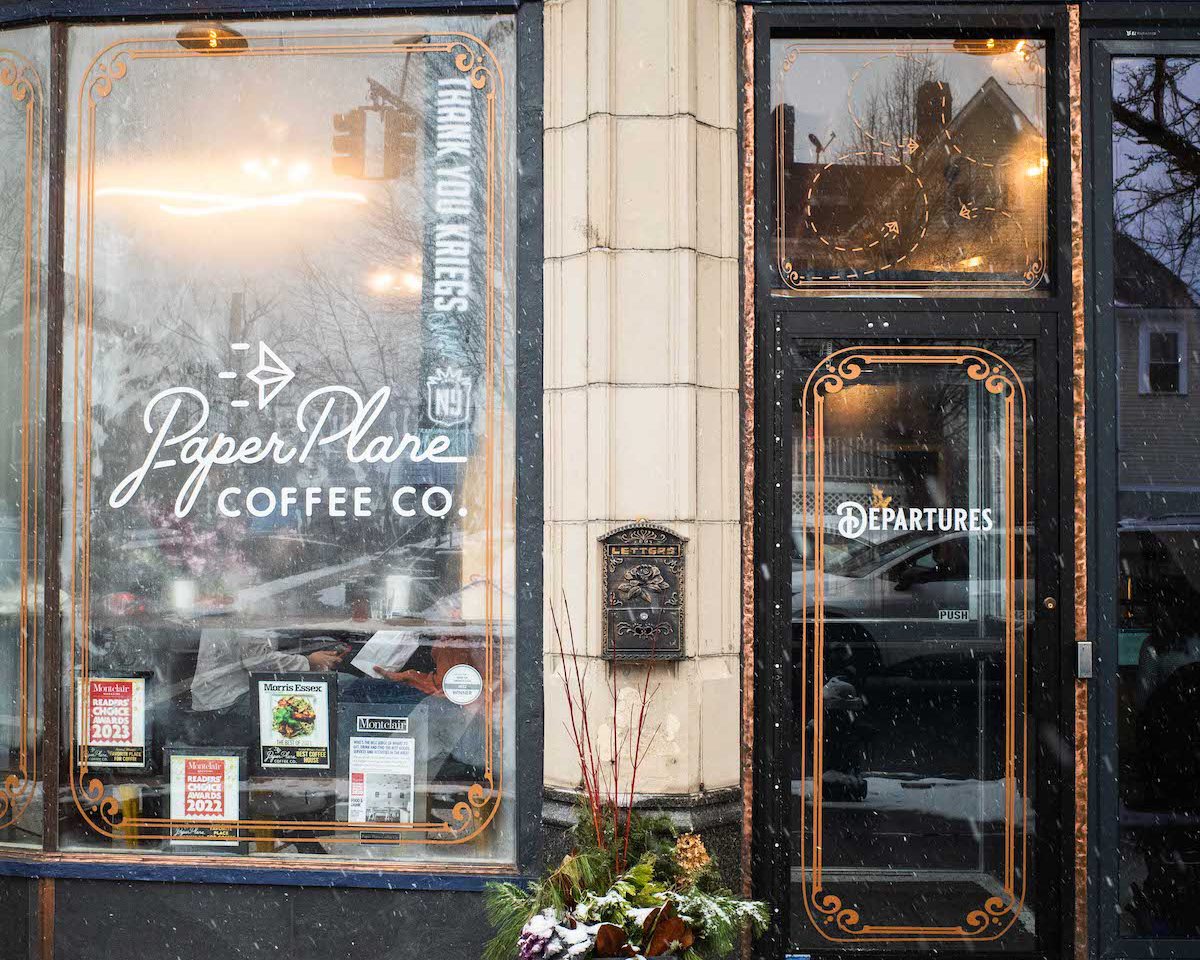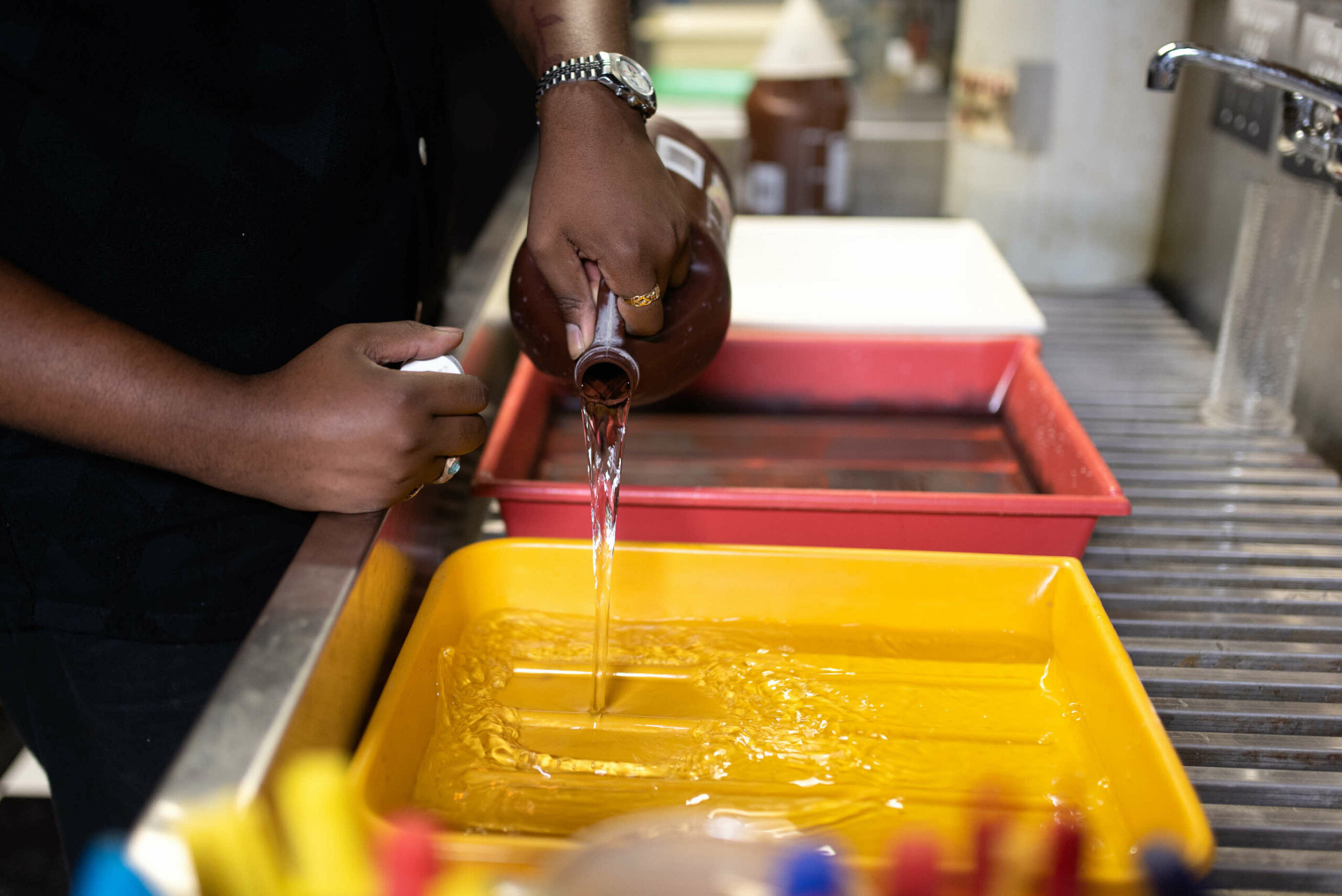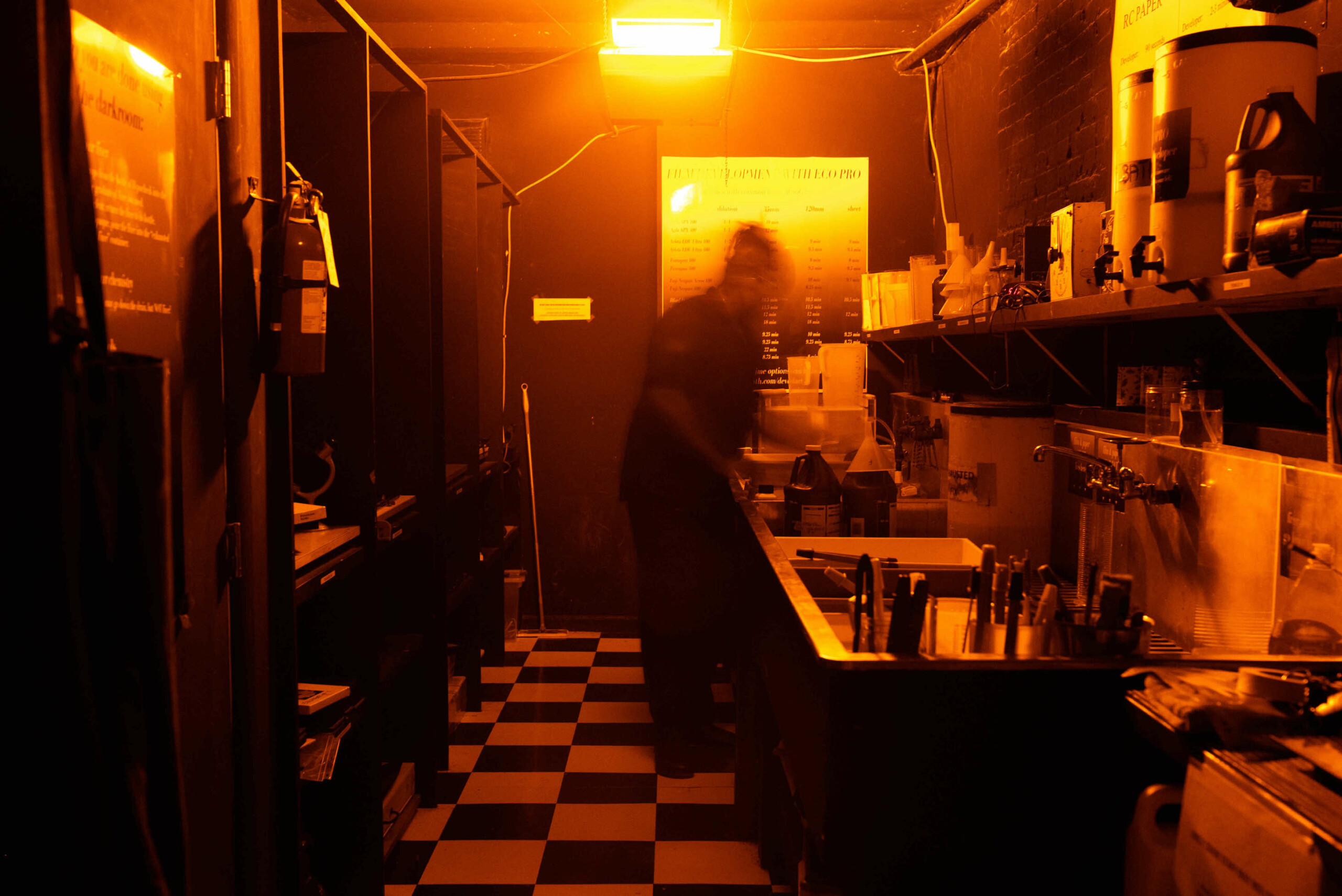| In this issue, Jakob Lilja-Ruiz, aka @Portra_Papi, shares his thoughts around how film photography offers unique benefits for photographers. He argues that its constraints, like cost per exposure, encourage a deliberate approach to image-making, fostering creativity and quality. He believes embracing film can enrich both artistic expression and technical proficiency, making it a valuable tool for photographers at all levels. |


Film photography is often perceived as an imperfect medium characterized by its limited shots and lack of immediate dependability, especially when compared to its digital counterpart. However, it’s precisely these challenges that can shape and enhance one’s creativity. In fact, I believe that every photographer can benefit from incorporating film into their practice.
Embracing Limitations
The inherent limitations of film photography, such as the cost per exposure, serve as a catalyst for creativity. Unlike digital photography, where the temptation to capture countless images is ever-present, shooting on film forces photographers to pause and carefully consider each shot. This economic constraint encourages a more deliberate approach, where the focus shifts from quantity to quality.
Renowned photographer Henri Cartier-Bresson famously coined the term the “Decisive Moment,” emphasizing the importance of capturing fleeting, decisive instances that encapsulate the essence of a scene.


Slowing Down the Process
Film photography inherently encourages a slower, more methodical approach to image-making. By eschewing the convenience of autofocus and other automated features found in digital cameras, photographers are compelled to engage more deeply with the technical aspects of their craft.
Operating a camera manually fosters a deeper understanding of exposure, composition, and the nuances of light. This intimate familiarity with the equipment not only enhances technical proficiency but also cultivates a heightened sense of anticipation and patience.
Exploring Color Science
One of the most captivating aspects of film photography is its ability to render rich, evocative color palettes. Unlike the limitless possibilities afforded by digital manipulation, film imposes a tangible, finite palette that harkens back to traditional photographic processes.


Embracing these inherent color characteristics encourages photographers to develop a distinctive visual style rooted in authenticity and intentionality. Proper exposure becomes paramount in capturing the nuances of color, highlighting the importance of meticulous technique throughout the entire process.
Finding the Right Lab
Finally, achieving optimal results in film photography often hinges on collaboration with a reputable lab for developing and scanning. While the proliferation of digital technologies has led to a decline in traditional film labs, discovering a trusted partner can significantly elevate the quality and consistency of one’s work. Investing time and effort into identifying a lab that aligns with your artistic vision and workflow is a crucial step towards achieving mastery in film photography.


While film photography presents unique challenges and demands a greater investment of time and resources, its transformative potential for enhancing creativity and technical proficiency makes it a valuable tool for photographers of all levels. By embracing the limitations, the deliberate pace, and harnessing the distinctive characteristics of film, photographers can unlock new dimensions of artistic expression and elevate their craft to new heights.

About the Author

Jakob Lilja-Ruiz
Jakob Lilja-Ruiz (aka @Portra_Papi) is a film-based landscape photographer who has a deep passion for capturing the beauty of wild places and the people who journey through them. Originally from a farm town north of San Francisco, Jakob’s love for photography sparked his desire to explore the world beyond his small hometown. He was inspired by the adventurous spirits of nomads traveling the country, chasing rugged landscapes across the US.
Jakob has been traveling with a camera for 5 years, with over 3 years spent solely on film. This way of life led him to sell everything in his small Bay Area apartment and live on the road, fully dedicated to pursuing his passion for photography.

























